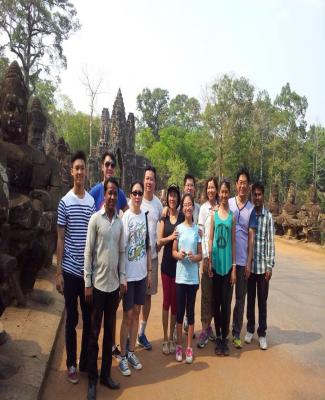

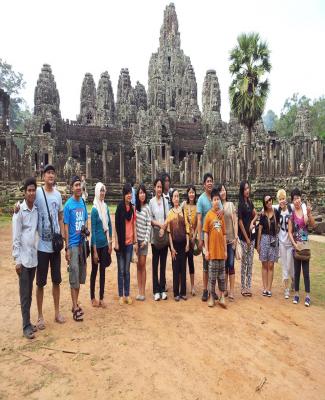
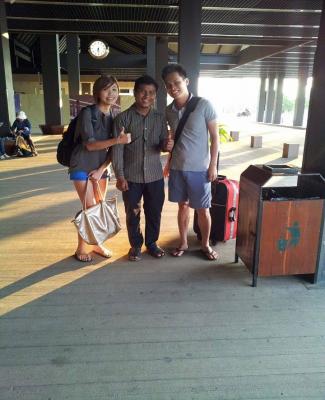
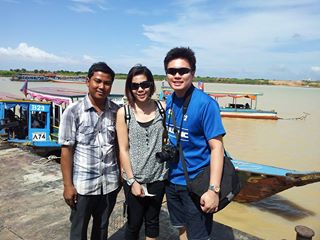
.jpg)
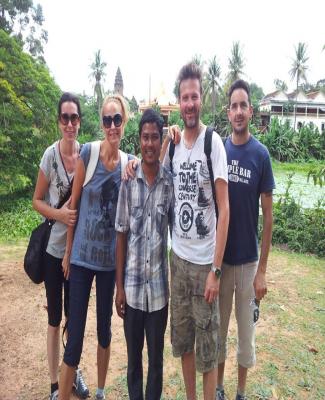
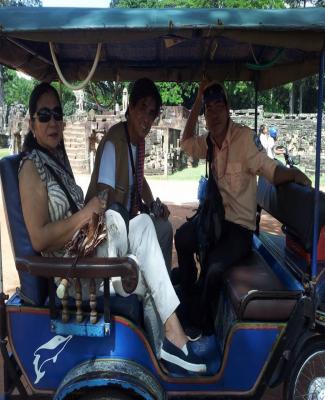
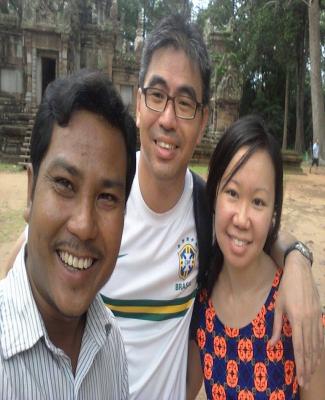

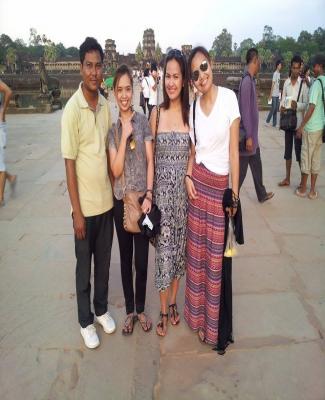
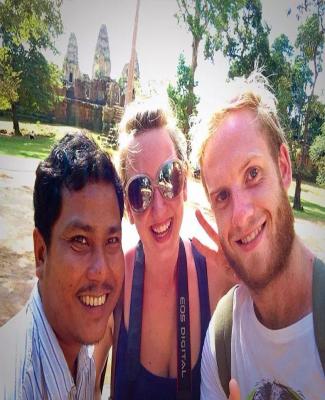

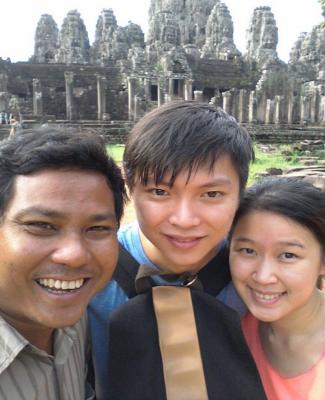
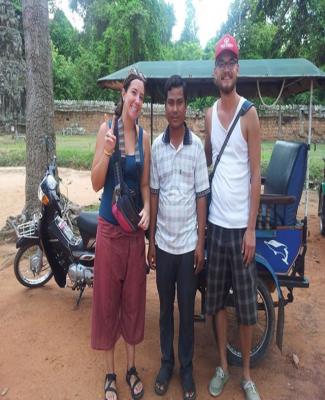

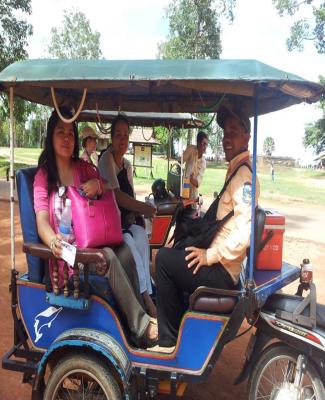
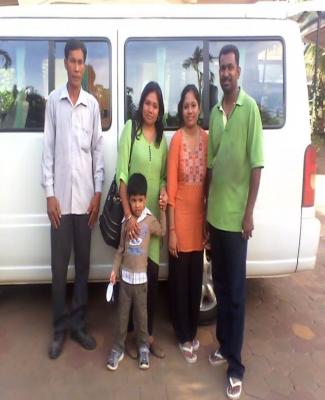
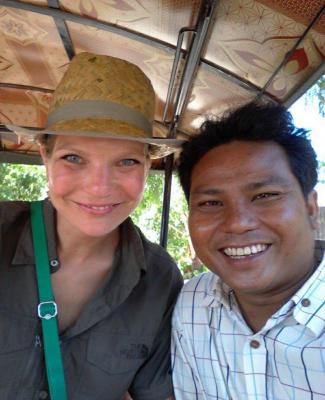
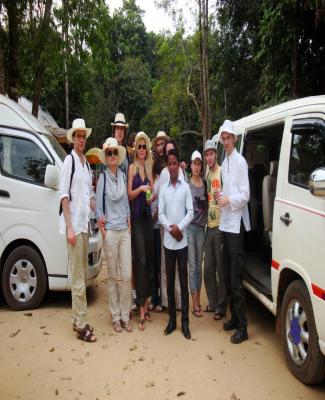
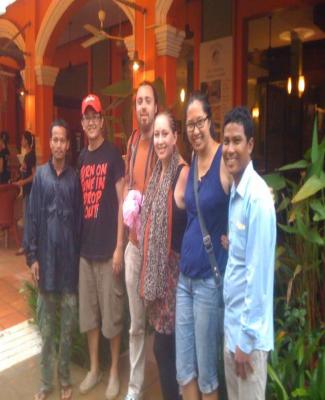

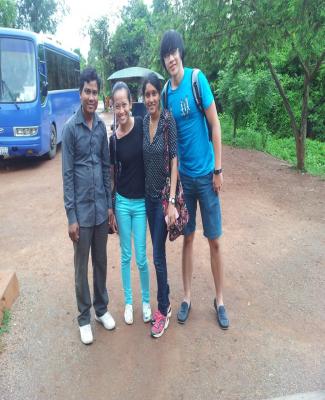
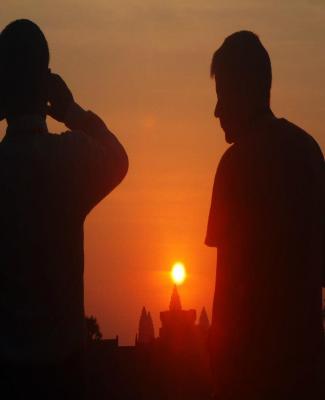
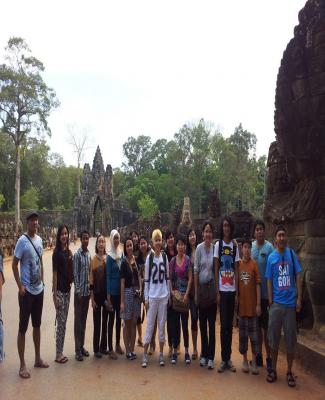
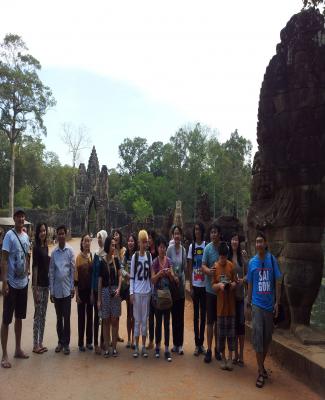
Koh Ker Temple in Cambodia
Abandoned to the forest of the north for centuries, Koh Ker capital of the Angkorian empire from 928-944, was long one of Cambodia’s most remote and inaccessible temple complexes, However the opening of a toll road from Dam Dek (via Beng Mealea )puts Koh Ker within day. Tripping distance of Siem Reap. Most visitors start at Prasat Krahom (Red Temple) named for the red bricks from which it is constructed Sadly, none of the carved lions for which this temple was once known remain, although there’s still plenty to see – stone archways and galleries lean hither and thither, and impressive stone carvings grace lintels doorposts and slender window columns, A naga (serpent) flanked causeway and series of prasat Krahom, at the far end of a half-fallen colonnade are remains of an impressive statue of Nandi. The principal monument at Koh Ker is Prasat Thom (Prasat Kompeng), a 55m-wide, 40m-high sandstone-faced pyramid with seven tiers. This striking structure, which almost looks more Mayan than Khmer. Offers spectacular views across the forest from its summit. Look out for the giant Garudas (half man half bird creatures) under the collapse chamber at the top of the vertigo-inducing stairs, some 40 inscriptions dating from 932 to 1010, have been found at Prasat Thom, Access to the summit of Prasat Thom is not currently possible due to the dilapidated state of the ancient staircase. South of the central group is a baray (reservoir) measuring 1185m by 548m, known as the Rahal. It is fed by the Sen River, which supplied water to irrigate the land in this arid area. Some of the largest Lingas in Cambodia can still be seen in a cluster of four temples about 1km northeast of Prasat Thom, The largest is in Prasat Thneng and Prasat Leung is similarly well endowed, we’re talking breadth rather than length. Other interesting temples include Prasat Bram (the first you come to after passing the toll booths). Which is named in honour of its five towers, two of which are smothered by strangler figs, Prasat Neang Khmau, with some fine lintels decorating its otherwise bland exterior, and Prasat Chen where a statue of wrestling monkeys (now in the National Museum in Phnom Penh) was discovered. Koh Ker is one of the least-studies temple areas from the Angkorian period. Louis Delaporte visited in 1880 during his extensive investigation into Angkorian temples, it was surveyed in 1921 by the great Henri.
* For more detial on trip to Koh Ker temple please Click Here |
Recently Guest Booking:
Guest Name: Neal Schwartz
Country: France
City: Antibes
Travel Date:
Arrival By: Car
Tour Name: Angkor Tour 4 Days


